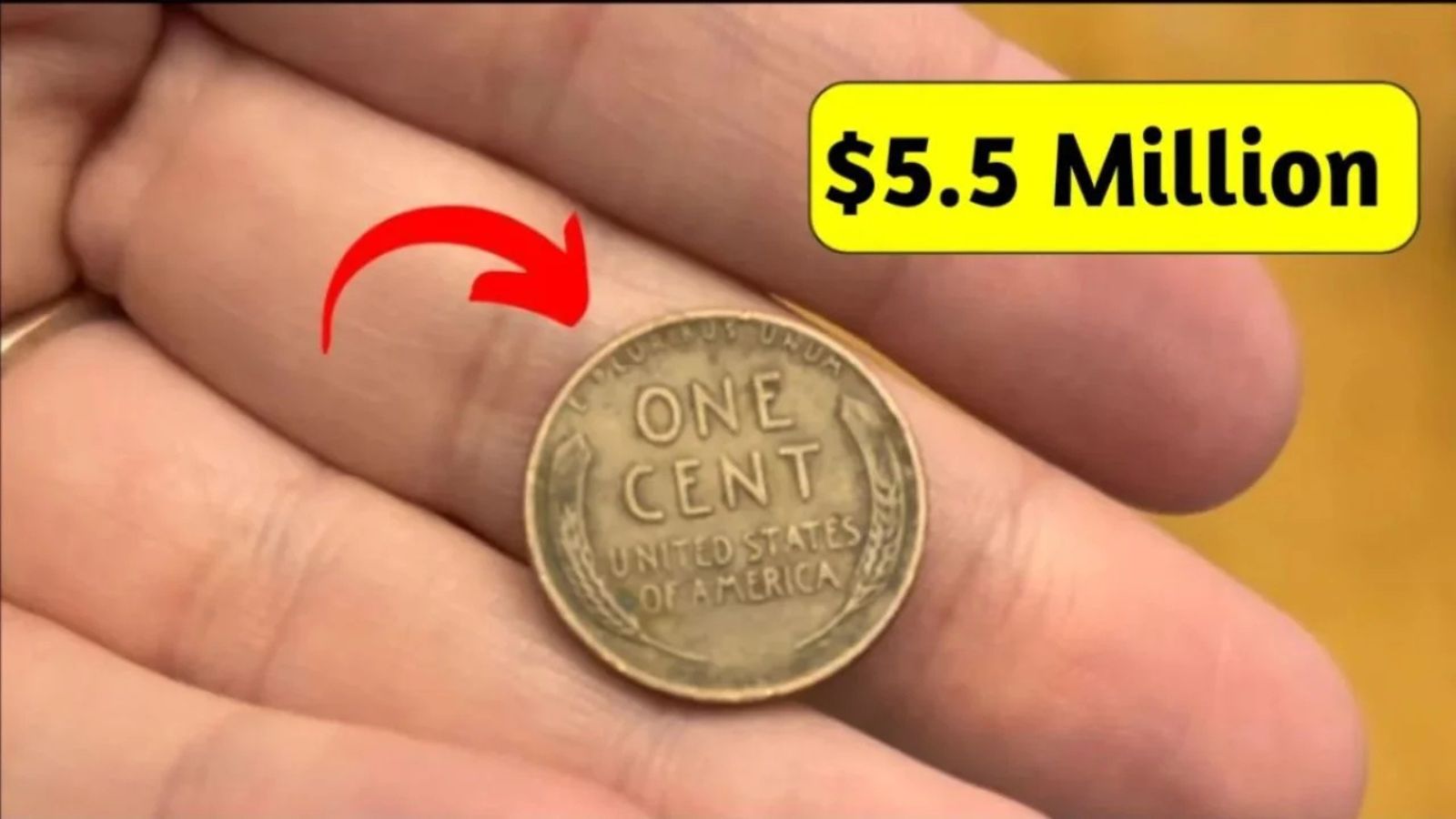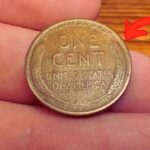The Lincoln Wheat Penny is one of the most iconic coins in American history, known as much for its patriotic origins as for the unexpected fortunes it can yield. Though often overlooked as just another piece of loose change, this humble coin has become a centerpiece in the world of numismatics. Some rare editions of the Lincoln Wheat Penny have stunned the collector community with their value—one in particular is rumored to be worth an astonishing $5.5 million. But what makes a simple penny command such a price? Let’s explore the fascinating story of the Lincoln Wheat Penny and understand why it continues to spark interest, curiosity, and even fortune among coin enthusiasts.
Bajaj Platina 110 Launched with 90 kmph Mileage and Great Looks: A Complete Review
A Coin of National Pride: The Origins of the Lincoln Wheat Penny
The Lincoln Wheat Penny was first issued in 1909, created to commemorate the 100th anniversary of President Abraham Lincoln’s birth. For the first time in American history, a real person appeared on U.S. currency. Designed by sculptor Victor David Brenner, the coin’s obverse (front) features a bust of Lincoln, while the reverse shows two stylized wheat stalks curving along the left and right edges—a design chosen to symbolize America’s strong agricultural heritage.
The Lincoln Wheat Penny replaced the Indian Head cent and remained in production until 1958, when it was succeeded by the Lincoln Memorial cent. Yet, its legacy continues today, especially among collectors who cherish its rich history and design simplicity. The coin served as a patriotic emblem during the Great Depression, both World Wars, and several turning points in 20th-century America.
Why Some Lincoln Wheat Pennies Are Worth Thousands—Or Millions
While millions of Lincoln Wheat Pennies were minted and circulated between 1909 and 1958, only a handful have achieved legendary status among collectors. What sets these few coins apart? Four major factors come into play:
- Rarity: Some years and mintmarks had limited production, resulting in fewer surviving specimens.
- Mint Errors: Coins with striking or compositional errors are especially prized. These anomalies often fetch high auction prices.
- Condition: A coin in near-perfect condition, especially one rated MS-65 or higher, can be far more valuable than a worn counterpart.
- Historical Significance: Certain mint years carry unique historical weight, increasing demand.
The 1943 Copper Lincoln Wheat Penny, for instance, is a prime example of these factors aligning. During World War II, pennies were supposed to be struck in zinc-coated steel to save copper for the war effort. However, a few copper blanks accidentally made their way into the minting process. Only a handful of these rare coins exist today, and some have sold for over $250,000.
The Mythical $5.5 Million Lincoln Wheat Penny
The crown jewel of Lincoln Wheat Pennies is said to be a $5.5 million coin—a specimen so rare, pristine, and historically intriguing that it commands nearly mythic status. Although the specific details and provenance of this coin remain largely under wraps, numismatic circles buzz with speculation. It’s believed to combine a rare mint year, a unique error, and flawless condition. Some experts suggest it could be an uncirculated 1943 Copper Penny or a previously unknown variant. Regardless of its exact characteristics, the possibility that a Lincoln Wheat Penny could reach such heights has electrified the collecting community.
The buzz surrounding this coin demonstrates the immense potential locked within small, seemingly insignificant pieces of metal. It also highlights the importance of expert grading and authentication, as value often hinges on subtle details invisible to the untrained eye.
Key Lincoln Wheat Pennies Every Collector Should Know
Not all Lincoln Wheat Pennies are created equal. If you’re new to collecting, keep an eye out for these standout examples:
- 1909-S VDB: The rarest of the first-year issues, featuring the designer’s initials (VDB) on the reverse.
- 1914-D: Low mintage and high demand make this Denver-minted coin a collector’s favorite.
- 1922 Plain: A mistake at the Denver Mint left some 1922 pennies without the customary “D” mint mark.
- 1931-S: One of the lowest mintages of the series.
- 1943 Copper Penny: The accidental product of leftover copper planchets during a year meant for steel coins.
These coins often fetch hundreds or even thousands of dollars depending on their condition. The presence of a mint mark—D for Denver or S for San Francisco—can significantly boost a coin’s value.
The Role of Condition and Grading in Value
Grading a coin accurately is crucial to understanding its worth. Professional grading services like PCGS or NGC use a 70-point scale to rate coins. A Lincoln Wheat Penny rated MS-70 (Mint State, perfect condition) is the gold standard and is incredibly rare.
Color also affects valuation. Lincoln Wheat Pennies come in three color grades:
- Red (RD): Retains over 95% of its original copper shine.
- Red Brown (RB): A mix of original luster and oxidation.
- Brown (BN): Fully oxidized with little to no original shine.
Red coins, particularly in higher grades, are significantly more valuable. So, when examining a Lincoln Wheat Penny, condition and color are just as important as date and mint mark.
Handling and Preservation Tips for Collectors
If you suspect you own a valuable Lincoln Wheat Penny, treat it with care. Never clean your coin—doing so can irreparably harm its surface and plummet its value. Use soft gloves and hold the coin by its edges. Store it in a protective holder or coin flip made from inert materials to prevent chemical reactions.
Also, consider getting your coin professionally graded. This not only certifies its authenticity but can also significantly increase its resale value.
More Than a Coin: The Educational and Historical Value
The Lincoln Wheat Penny is more than just a potential windfall. It’s a historical artifact, offering insight into American politics, economy, and society throughout the first half of the 20th century. Collecting these coins can be an educational journey, teaching collectors about minting practices, historical events, and even the science of metal alloys.
For young collectors, the Lincoln Wheat Penny can serve as a starting point in a lifelong passion for numismatics. Schools and educators often use these coins in lessons about U.S. history and economics, making them an engaging tool for learning.
Final Thoughts: Why the Lincoln Wheat Penny Still Matters
Despite being out of regular production since 1958, the Lincoln Wheat Penny continues to capture imaginations and stir excitement in the coin-collecting world. Whether it’s the thrill of discovering a rare date in your pocket change or the ambition of one day owning a million-dollar specimen, the Lincoln Wheat Penny offers something for everyone.
In today’s age of digital payments and contactless transactions, it’s easy to overlook physical currency. But these small copper coins serve as a reminder of our national heritage and the hidden value in everyday objects. So next time you come across a penny, take a closer look—because it just might be a Lincoln Wheat Penny worth far more than one cent.
Disclaimer: This article is for informational purposes only. Coin values can vary based on condition, rarity, and market demand. Always consult with a certified numismatist for accurate appraisal and authentication of any Lincoln Wheat Penny.
Some Important Link
| Telegram Group | Click Here |
| WhatsApp Group | Click Here |
| Home Page | Click Here |










